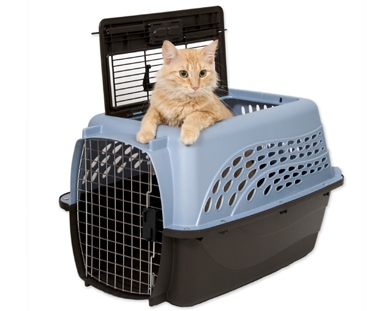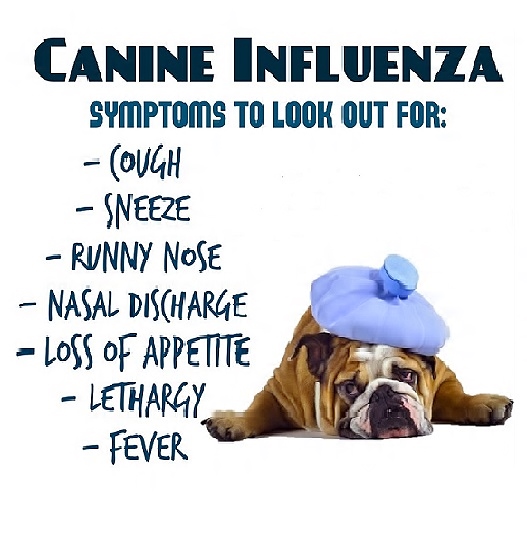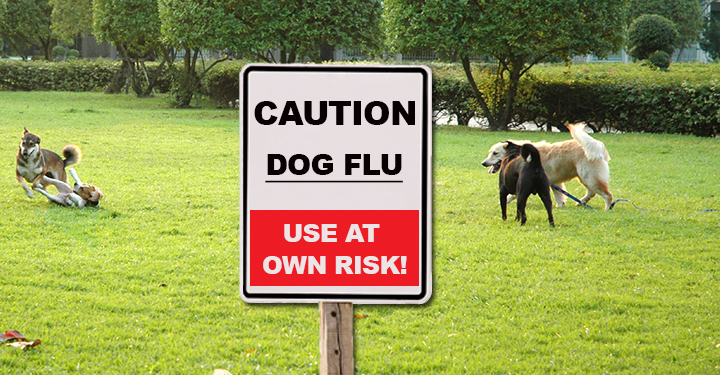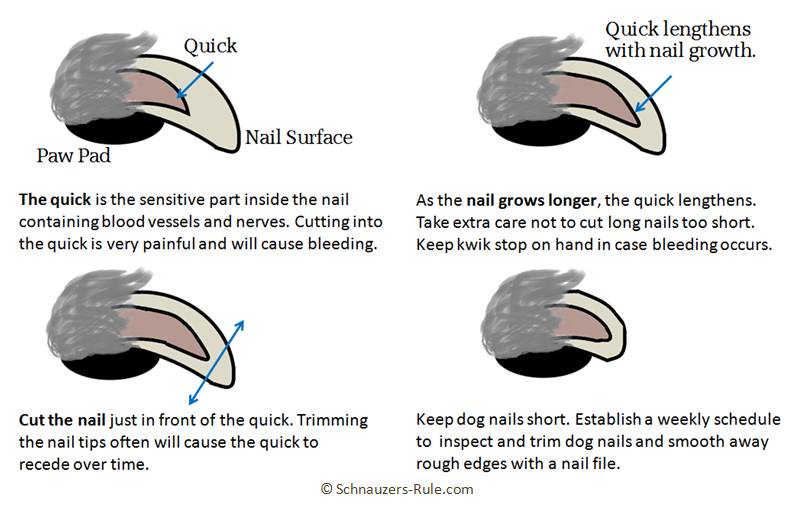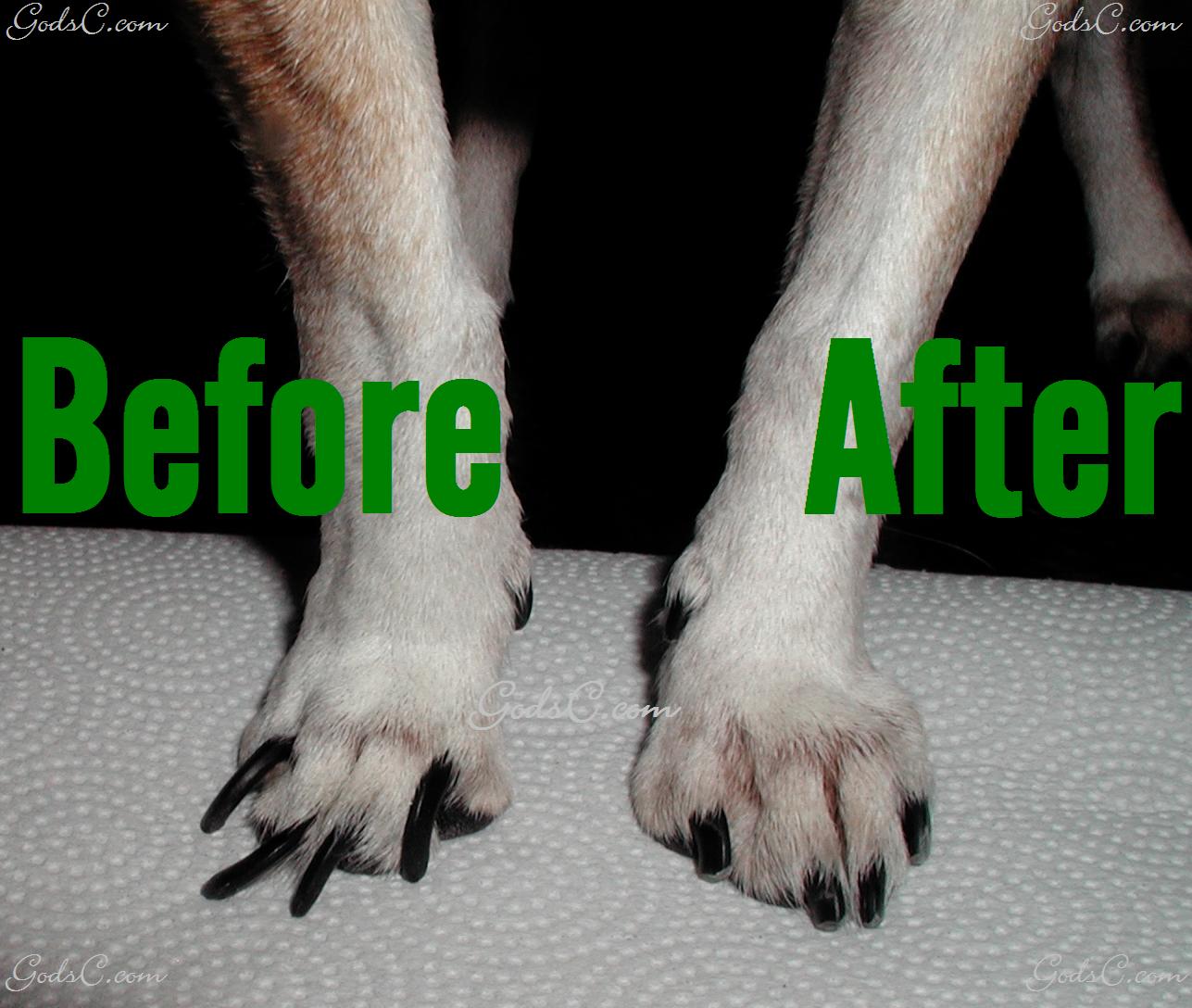Cat Visits: reducing your cat’s stress when you travel to the animal clinic
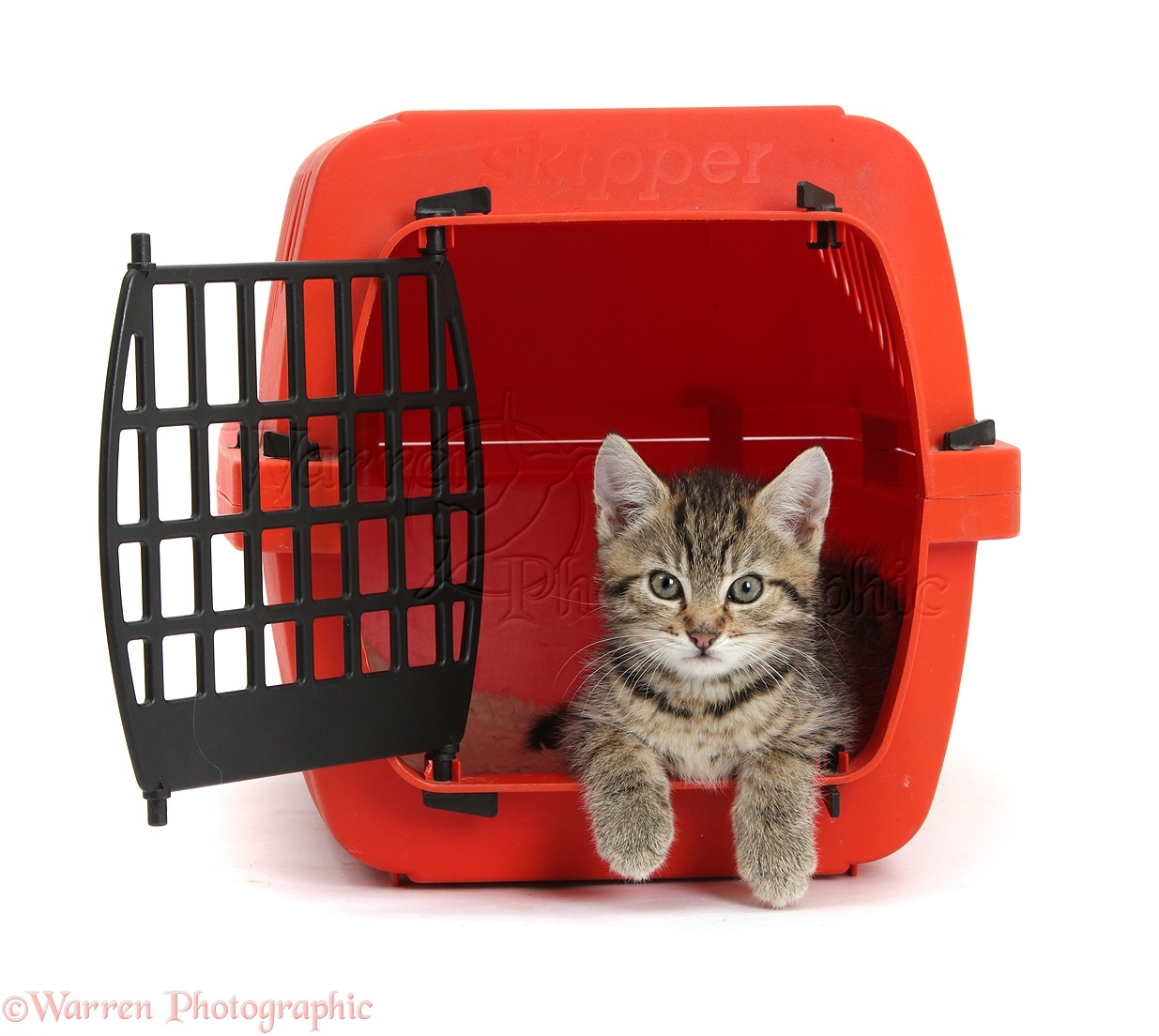
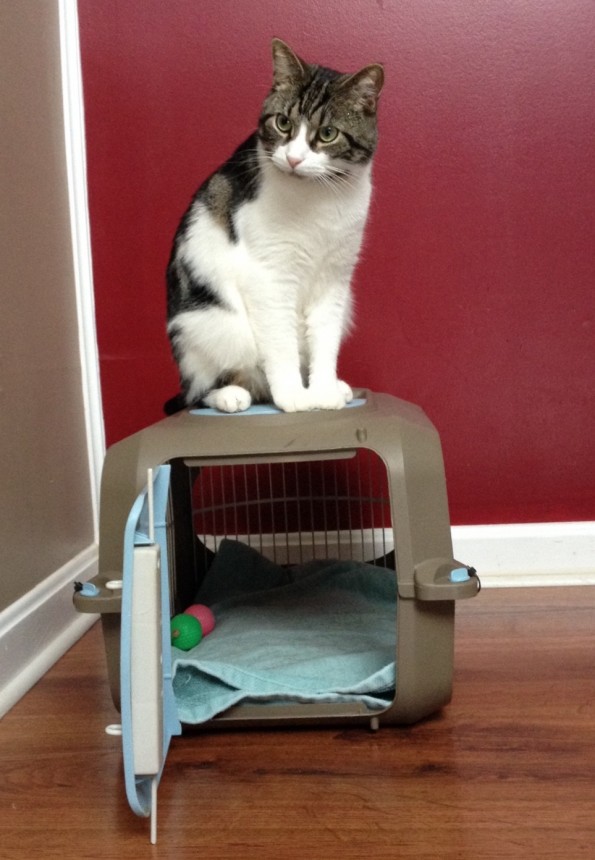 We would like to share a few tips on how to make vet trips less of an ordeal for your cat.
We would like to share a few tips on how to make vet trips less of an ordeal for your cat.1. Feliway. We cannot applaud the concept of this product enough. Feliway is a calming facial pheromone scent for you cat. It may not work for every cat, every time, but we have definitely seen it help. You can plug a diffuser (its like a Glade plug-in) in all the time for a stressed cat, or plug the diffuser in a few days before an anticipated stressful event like a clinic visit. The spray or wipes can be used directly in the cat carrier 1 hour before you put the cat in. Again, it may not 100% decrease the stress, but it will definitely bring the level down a few notches.
2. Desensitizing for the carrier. Please, take the time to desensitize you cat to the carrier, so it is not such a dramatic experience for them to travel inside it. Leave the carrier out periodically, add food or treats inside; you can even leave familiar bedding or warm cuddly blankets. Allow the cat to investigate the carrier at their own pace, and reward the cat for showing any positive interest in the carrier. If its appearance isn’t always followed by a struggle, and a stressful visit to the vet, your cat will be less worried every time it sees that dreaded box.
3. Desensitizing for the travel. If it’s the car ride your cat despises, do practice runs for that as well. Get the cat in the carrier, drive around for a short car trip, come home, and reward your cat grandly with attention and treats to let them know that travel isn’t always going to equal a stressful outcome. Your veterinarian can even offer “happy visits” for your cat (or your dog), where we check your pet in to an exam room, and a technician or veterinarian comes in, talks with you, pets the cat, or gives a few treats, and they leave without any stressful injections, or handling. This can do wonders for breeding trust between the clinic staff, you, and your pet.
4. Understanding. I think most importantly, owners need a good concept of why they are bringing the cat in for yearly visits. It is not “just” for that shot that we recommend we see your cat yearly. We want to do a comprehensive physical examination, and get a full history on how your cat has been doing since their last visit, so we can intervene on any early signs of illness, or concerns. We aim to keep your cat as healthy as possible and live a long, peaceful life. In addition, if you are only coming in that one time your cat has become incredibly ill, a visit to the animal hospital is going to be that much more stressful and traumatic for a cat that has never traveled from home in its life.
5. Getting an unwilling cat into a carrier. Sometimes, despite your best efforts, your cat still doesn’t trust the travel carrier. Bring the carrier into a small room, and then bring your cat into the room and shut the door, limiting escape. Gently lower your cat into a carrier with a top door, or stand the carrier up and lower into the door. If you have a plastic carrier that comes apart, consider taking off the top, putting the cat in the bottom, and then putting the top back on to secure the cat. Remember, no matter what process you chose, go slowly, and calmly, as cat’s can sense your stress or anxiety.


